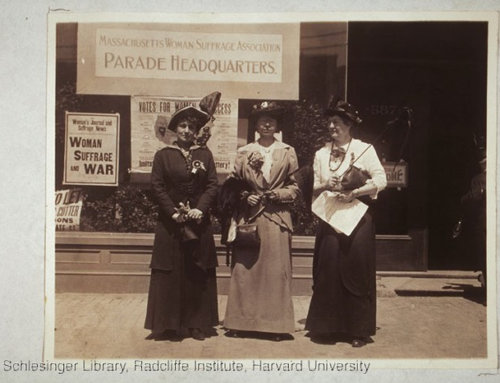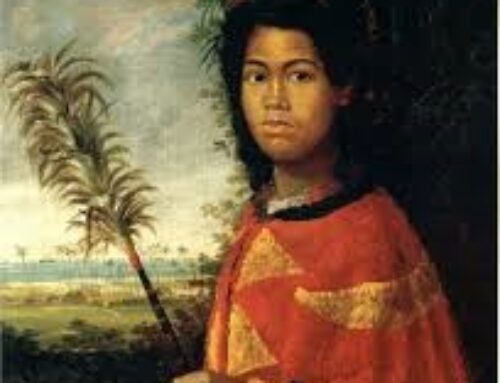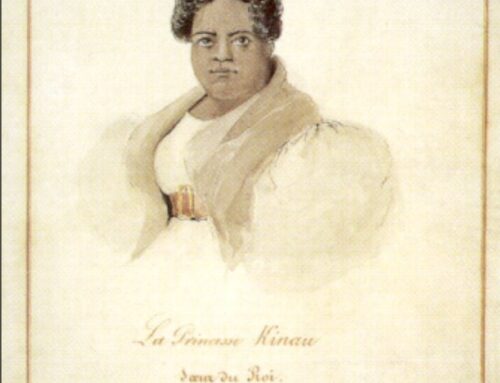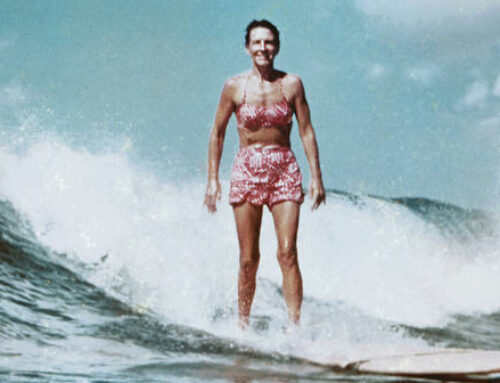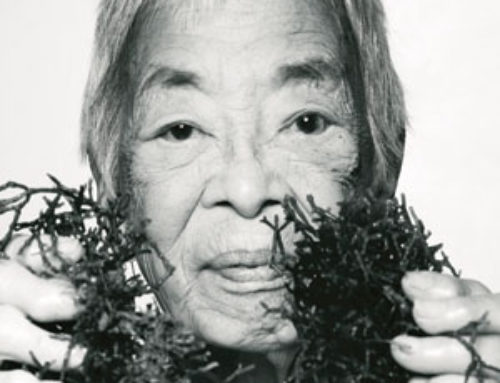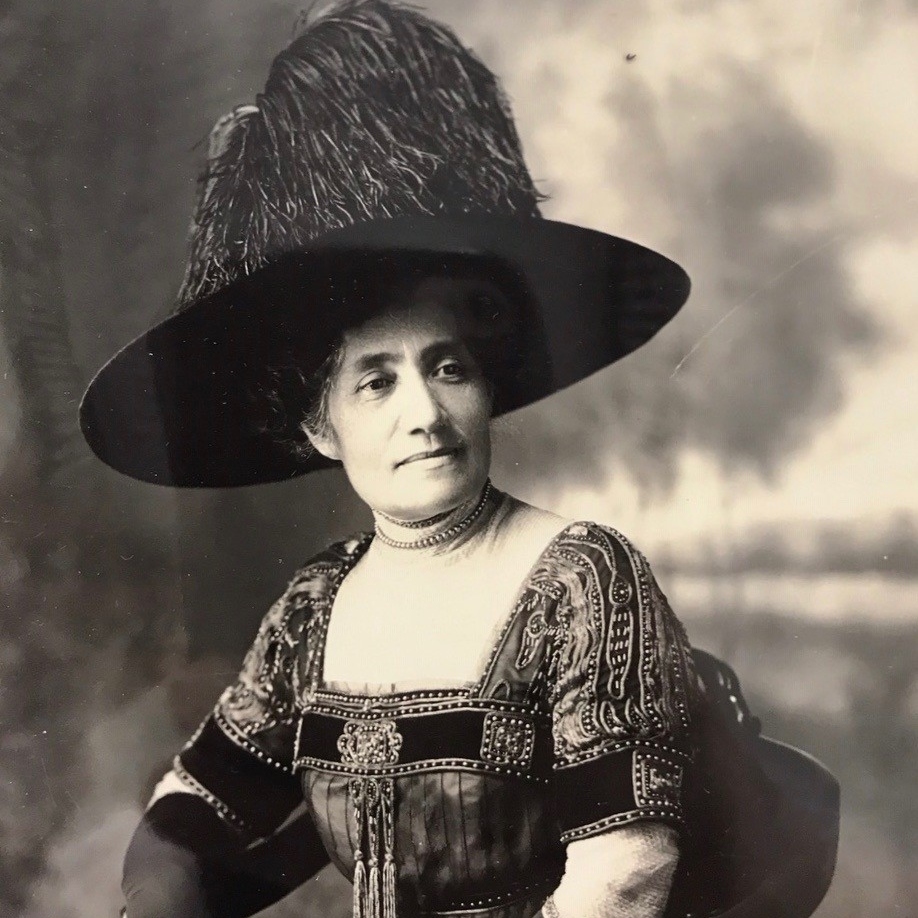
Suffragist, founder of the National Women’s Equal Suffrage Association of Hawai’i.
Wilhelmina Kekelaokalaninui Widemann Dowsett was born into the Hawaiian royal family in 1861. After the overthrow of Queen Lili‘uokalani in 1893, the Committee of Safety moved to establish the Provisional Government of Hawai’i, which shortly transitioned to the Republic of Hawai’i. The Newlands Resolution to annex Hawai’i to the United States was approved by the U.S. congress and signed by President William McKinley in July 1898. The Organic Act of 1900 established the Office of the Territorial Governor, which was a position appointed by the U.S. President. Hawaii’s status as a territory of the United States continued until 1959, when Congress passed and President Dwight D. Eisenhower signed the Hawai’i Admission Act. Hawai’i residents voted to accept the statehood bill, and on August 21, 1959 Hawai’i became the 50th State. The Territorial Period describes the historic era from 1898 to 1959.
Suffragists in the states saw this as an opportunity for this new territory to grant women the right to vote.
In 1899, Susan B. Anthony and other members of the National American Woman Suffrage Association (NAWSA) wrote the “Hawaiian Appeal,” asking Congress to give Hawaiian women the right to vote “upon whatever conditions and qualifications the right of suffrage is granted to Hawaiian men.” Dowsett, a supporter of the annexation of Hawaii, did not support the “Hawaiian Appeal” because she felt that it would be better to petition Hawaii’s territorial government for civil rights.
In 1912, Dowsett founded the first Hawaiian suffrage organization, the National Women’s Equal Suffrage Association of Hawai’i (WESAH). She modeled her group after NAWSA. In her efforts to spread the idea of suffrage across the islands, she invited suffragists and members of NAWSA from the mainland to come speak to their group. Carrie Chapman Catt, president of NAWSA, came to the islands on two different occasions. In 1912, Catt and Dowsett worked together to make the WESAH Hawaii’s NAWSA affiliate. She returned in 1918 to speak to the group and to encourage the want for suffrage. Many other NAWSA members came to the islands for the same purpose as Catt.
Impressed with the Hawaiian women’s eagerness to vote, NAWSA convinced Congress to place the women’s suffrage issue under the jurisdiction of Hawaii’s territorial legislature in 1918. This led to many mass protests throughout 1918 and into 1919 about suffrage from women of many different racial backgrounds because of the racial diversity in Hawaii.
Although the 19th Amendment was passed on June 4, 1920, it did not apply to the women citizens of Hawaii because it was considered U.S. territory, not a state. Because the 19th Amendment also prohibited federal and state governments from disenfranchising women, on August 26, 1919, Hawaiian women were granted the vote and the work of the WESAH had paid off.
Source: https://nationalwomenshistoryalliance.org/2020-honorees/

